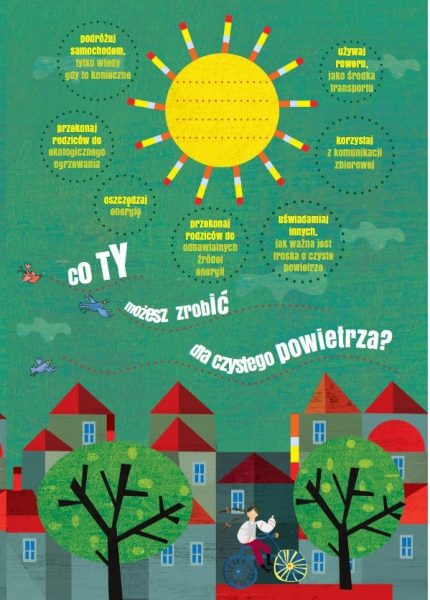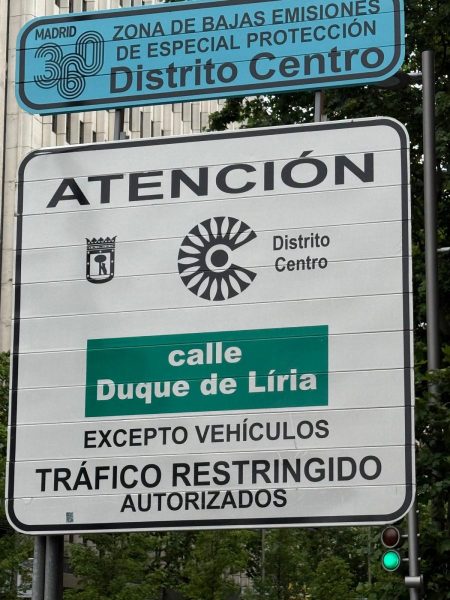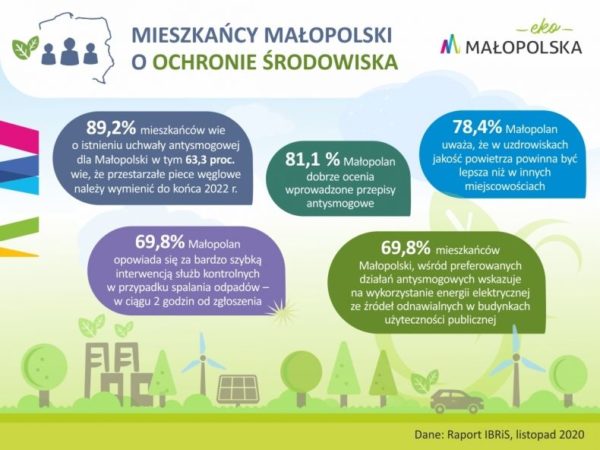Launch of the new Local Public Warning System

What does the introduction of a certain degree of air pollution danger mean? How do you know that a degree of danger has been declared? Are there any recommendations or obligations in connection with this?
Degrees of danger
Specific atmospheric conditions (high weather and frost) favor the formation of smog. We may encounter a situation where air quality measurements and forecasts indicate the risk of exceeding acceptable levels of pollution. We then see announcements: “Attention: today there will be bad air quality”. In such cases, degrees of air pollution danger are introduced.
Degrees of danger occur when there is a risk of exceeding alert, information, permissible and target levels of substances in the air.
1 grade (yellow) means the risk of exceeding the permissible level (50 μg/m3 for PM10).
2 grade (orange) is the risk of exceeding the information level (100 μg/m3 for PM10 dust).
3 grade 3 (red) is the risk of exceeding the alert level (150 μg/m3 for PM10).
The higher the degree entered, the higher the pollution is, and therefore harmful to health.
On these days, remedial short-term measures are taken, which should lower the levels of pollutant concentrations in the air.
What is the Short-Term Action Plan?
The short-term action plan is an important part of the Air Protection Program. Unlike the latter, however, we can find in it actions to be taken immediately when smog alerts are announced. In Małopolska, these include, for example, a temporary ban on the use of fireplaces when they are not the only source of heating, or a ban on the use of leaf blowers.
Degrees of danger occur when there is a risk of exceeding alert, information, permissible and target levels of substances in the air. On these days, remedial measures are taken that should reduce the levels of pollutant concentrations in the air.
A chance to reach all interested parties
The National Center for Research and Development is funding a project to develop an electronic notification system for introduced degrees of threat of bad air quality. The aim of the project is to develop an efficient information and warning system (SYSLOP – System of Local Public Warnings). The project is currently being piloted in the Mazowieckie and Malopolskie provinces. Included in the system are: Chief Inspector of Environmental Protection, Provincial Crisis Management Centers, Marshal Offices, and counties and municipalities.
Up to now, smog warnings have been sent via email (Chief Environmental Inspectorate to Provincial Emergency Management Center, Provincial Emergency Management Center to County Emergency Management Center, County Emergency Management Center to Municipalities in their area). Reaching those concerned with the information depended on someone being present at the computer and sending the message on. Ultimately, all dispatching will run automatically in the emerging system. This means a greater likelihood of reaching all those concerned.
SYSLOP training schedule for municipal and district employees
- 25.08.2023 10:00 am
- 01.09.2023 at 10:00 am
- 05.09.2023 at 10:00 am
The trainings will be held online using the WEBEX platform. Information with a link to the training will be sent to employees of municipalities and counties authorized to set up an account.









